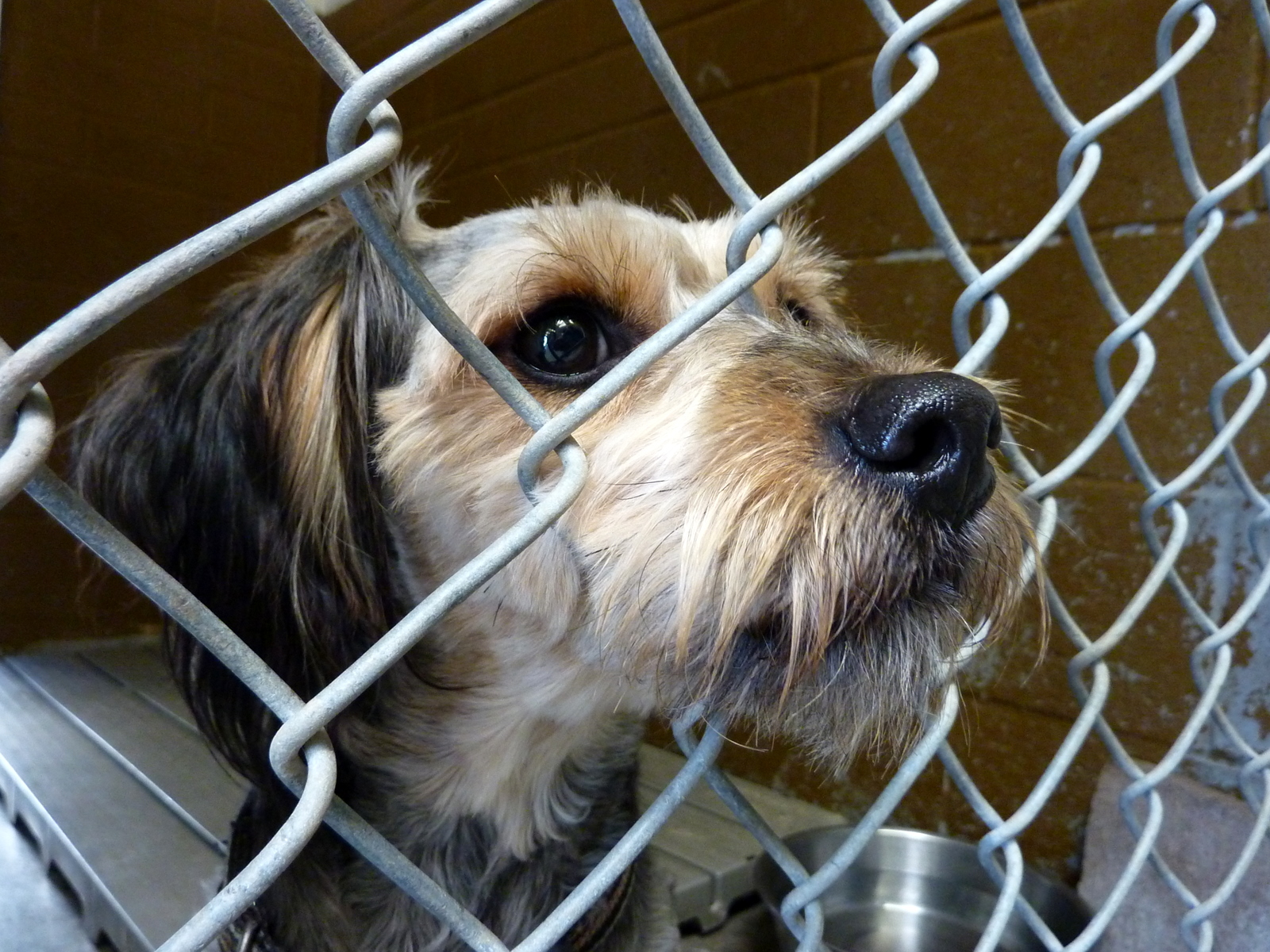In today’s entry, Julian Omidi discusses recent news of animal hoarding and its implications.
There are millions of unwanted pets in need of loving homes across the country, and the individuals who choose to take care of them generally do so with the best intentions. However, the sad reality is that many of these animals are being ‘saved’ by those who are either unable or unwilling to provide adequate care for them.
The Animal Legal Defense Fund defines a hoarder as someone who meets the following criteria:
- Keeps an unusually large number of animals
- Does not provide adequate nutrition, veterinary care, sanitation, or shelter
- Does not recognize the harmful impact of their behavior on these animals
According to the Humane Society, almost 250,000 animals are held by hoarders each year, living in conditions of mild to extreme neglect. Randall Lockwood of the ASPCA states that about 25 percent of hoarding cases in the U.S. involve people who consider themselves animal rescuers. Many would agree that animal hoarders who genuinely believe they are doing good may be suffering from mental illnesses such as dementia, PTSD, or obsessive-compulsive disorder.
The main concern of both communities and law enforcement is that although animals can be safely removed from hoarding situations, many animal hoarders are repeat offenders. In fact, animal hoarding has a nearly 100 percent recidivism rate; these individuals are very likely to “rescue” more animals even after intervention by animal control or social service agencies.
This phenomenon has been studied at Tufts University by researchers who have formed the Hoarding of Animals Research Consortium, an organization which strives to increase awareness of animal hoarding. Through clinical interviews and case analyses of hoarders over nearly an entire decade, HARC has reached insights regarding the cognitive impairments that cause hoarding behavior. Experts say that many hoarders are motivated by offering a relationship and unconditional love that may have never been offered to them by family or peers. Hopefully this research will help those who care for animals, as well as law enforcement agencies, to gain a more complete understanding of these individuals and how to prevent the victimization of innocent animals.
Be good to each other,
Julian Omidi

